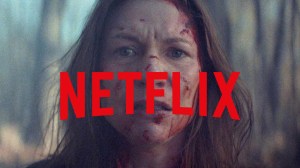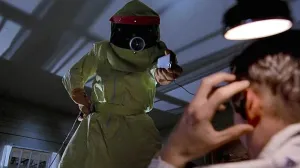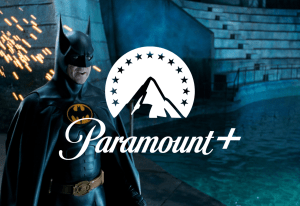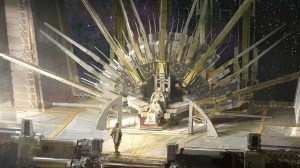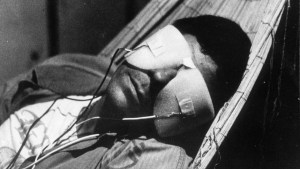Comic book readers may have a head start on the new Game of Thrones TV spinoff, A Knight of the Seven Kingdoms, which is expected to premiere sometime this year on HBO and Max. The new show is an adaptation of George R.R. Martin’s novella series The Tales of Dunk and Egg, which is a prequel to A Song of Ice and Fire set about 90 years before the events of A Game of Thrones and about 80 years after the events of House of the Dragon. There are three of these novellas so far, and they have all been adapted into comics — first published as serial issues then collected into graphic novels. The first graphic novel has six issues, which may give us clues about how the six episodes of the TV show will be divided.
Videos by ComicBook.com
George R.R. Martin has written three novellas in his Tales of Dunk and Egg series — The Hedge Knight, The Sworn Sword, and The Mystery Knight. All three were eventually published together in a book called A Knight of the Seven Kingdoms, which is where the TV show gets its title. HBO has confirmed that the first season of the TV will adapt The Hedge Knight in its entirety, and it will have six episodes. It just so happens that the comic book adaptation of The Hedge Knight has six issues, which means it may demonstrate the structure of the story perfectly.

If the show doesn’t copy the comic’s pacing, that will be interesting too, and fans will have a chance to debate the merits of two very similar creative choices. The Game of Thrones fandom definitely hosts some spirited conversations about the nature of adaptation, and this is an interesting case with an analogous comic already in circulation.
The Hedge Knight Publication
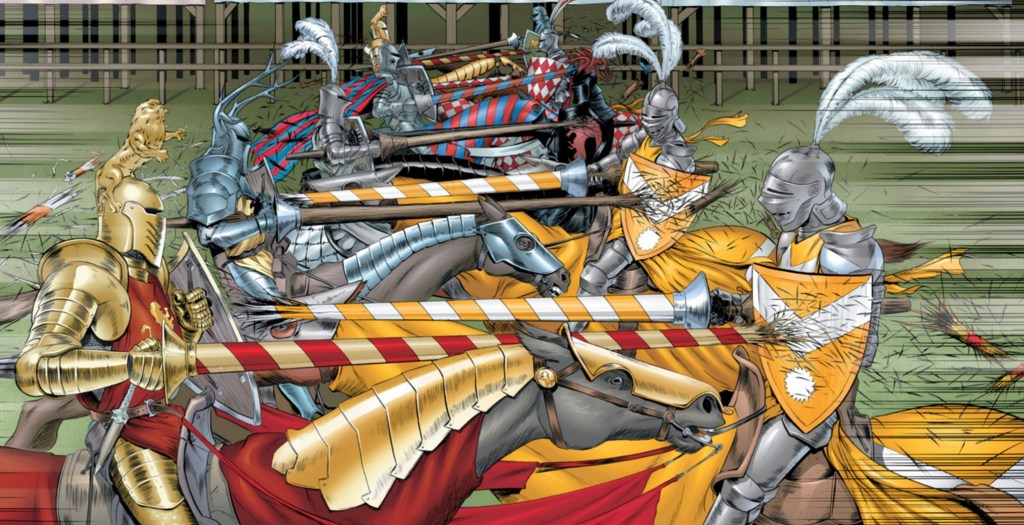
The Hedge Knight comic may have faced some technical or logistical restrictions that influenced its pacing. The first three issues of the book were published by Image Comics in 2003, while issues #4 through #6 came from Devil’s Due Publishing in 2004. It’s unclear if this change influenced the books’ content in anyway, though the creative teams remained the same. Years later in 2013, the issues were collected into a graphic novel published by Jet City Comics, and as that is the most common form today; the individual issues are rarely discussed.
Martin reportedly selected writer Ben Avery personally to script this comic book adaptation, though it was Avery’s first time working in comics. He has gone on to write more comics like Lullaby and The Imaginaries for Image, as well as his own fantasy and historical fiction novels. The art came from Mike Crowell and Mike S. Miller. Crowell is credited on all three of these adaptations and one Dragonlance graphic novel, but nothing else.
[RELATED: Game of Thrones Author’s Critiques of House of the Dragon: A Complete Timeline]
Miller worked on X-Men comics for Marvel in the late 1990s and DC Comics in the early 2000s. Around the time of The Hedge Knight, Miller also drew the comic book adaptation of The Wheel of Time prequel novel New Spring. Miller has since become a controversial figure in the comics space, endorsing the “Comicsgate” movement and self-publishing work with extreme political messaging.
Six Installment Structure

Some fans were devastated by the news that HBO’s A Knight of the Seven Kingdoms would have just six episodes, feeling that reduced episode counts were harmful to both the later seasons of Game of Thrones and Season 2 of House of the Dragon. However, The Hedge Knight is a much smaller, lower-stakes story that may actually benefit from this tighter format. While Martin’s A Song of Ice and Fire novels are known for their sprawling narratives that jump around the globe to different points of view, these novellas closely follow just one perspective: that of Ser Duncan the Tall, a.k.a. Dunk.
It helps that Dunk’s perspective isn’t particularly nuanced or conniving, as many others in Westeros. The young knight often thinks of himself as stupid, or “thick as a castle wall,” and while he does have an insightful view of the world, he also takes things pretty literally, missing a lot of subtleties that this story is known for. That makes for some clever and efficient storytelling, as readers who are familiar with Westeros may see more than Dunk does, while others can simply enjoy the adventure from his point of view.
With all that in mind, the comic proves that this story can be told in six installments effectively, without making any major cuts or alterations. The first two issues are 24 pages long, issues #3 through #5 are 23 pages each, and the finale has 29 pages. For most people, none of these take an hour to read, so if anything the TV show will have more time than the comic to tell the same story.
Narratively speaking, this short story is well-suited to six parts as well. It’s easy to follow a familiar three-act structure here, and without spoiling anything, there are plenty of smaller “cliffhangers” and tense moments that do well to end episodes or issues along the way. However, the comic makes a few odd choices in this regard, which I’ll discuss below, but fair warning: there are spoilers ahead!
Predicting Changes

While the comic works to show that six installments is good for this story, it misses two great opportunities for cliffhanger endings that the show will likely take. The first comes about halfway through the story, when Dunk accidentally finds himself in a fist fight against the cruel Prince Aerion Targaryen, a.k.a. “Aerion Brightflame.” For some reason, the comic places this encounter at the beginning of issue #4, when it seems better suited to end an installment. The TV show may shuffle this to the end of Episode 3.
Similarly, the big reveal that Dunk’s fate will be decided by a “Trial by Seven” comes at the start of issue #5 in the comic. We should expect this decision to come at the end of Episode 4 instead, probably with a lot of buildup to explain this archaic form of justice within Westeros.
Comparing the novella with the comic, it doesn’t seem like these two changes would harm the pacing of a TV adaptation at all. There are places between these scenes that could be shortened or extended without losing anything vital. The particulars are up to showrunner Ira Parker and his team, of course, but it’s easy to imagine how they might make it work.
The show will probably spend much more time in the beginning explaining Dunk’s background and depicting his burial of Ser Arlan of Pennytree. It may also take the chance to show us a prophetic “dragon dream” sequence by Prince Daeron Targaryen, a.k.a. “Daeron the Drunkard.” With no real dragons at this point in the timeline, dreams would be the best way to play up the Targaryen imagery. The show will almost certainly spend more time on Dunk’s dreams and memories while he is in jail after the fight, as he remembers Ser Arlan and the philosophy he taught to his squire.
Finally, we should probably expect this show to find some time to overtly reveal its characters’ connections to the cast of Game of Thrones, and perhaps House of the Dragon as well. House of the Dragon has already used prophecy and genealogy to draw these connections, even showing a dream version of Daenerys and the White Walkers. Similarly, this show will probably want to let show-only fans know that Egg is Dany’s great-grandfather, and Jon Snow’s great-great-grandfather.
However they’re planning to tackle this story, we know that Martin is happy with what he’s seen from A Knight of the Seven Kingdoms so far. The show is expected to premiere on HBO and Max some time in 2025, but we haven’t gotten a release date yet. In the meantime, Martin’s novella is available in print, digital, and audiobook formats, while the graphic novel is available in print and digital formats as well.
Are you looking forward to the next Game of Thrones series? Let us know in the comments!

